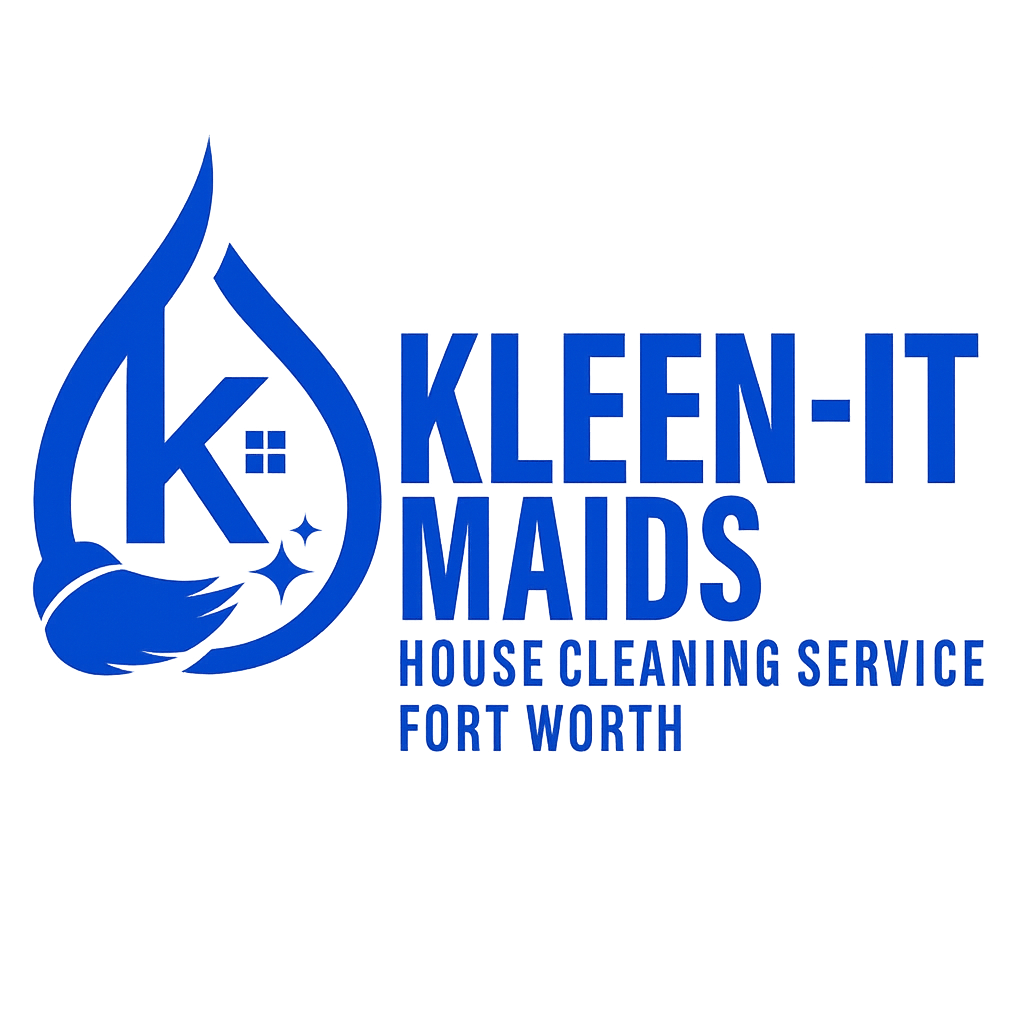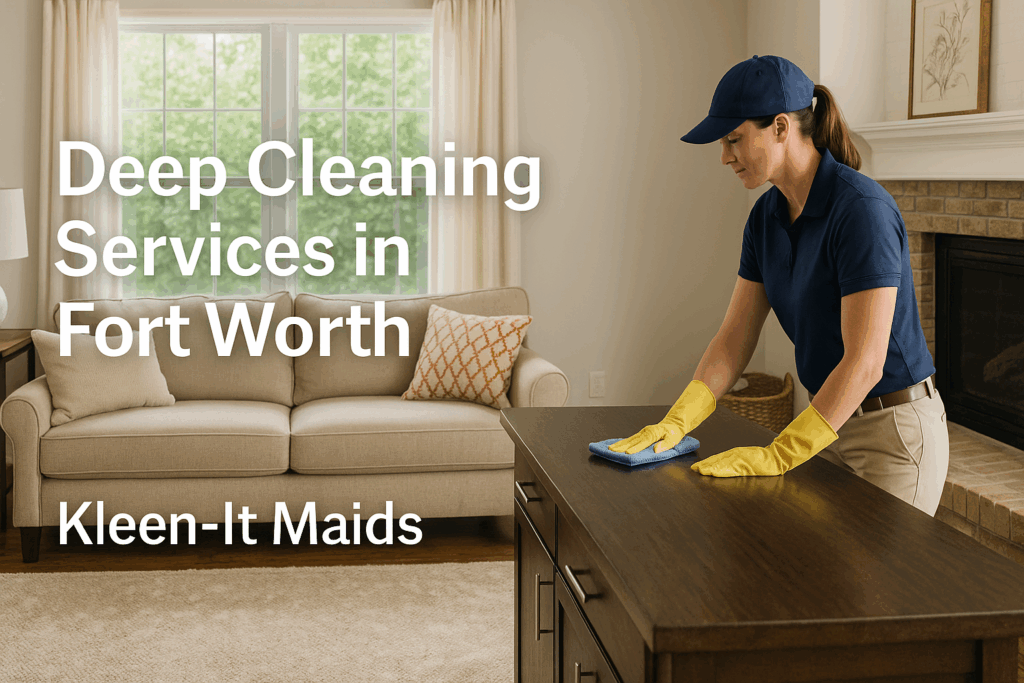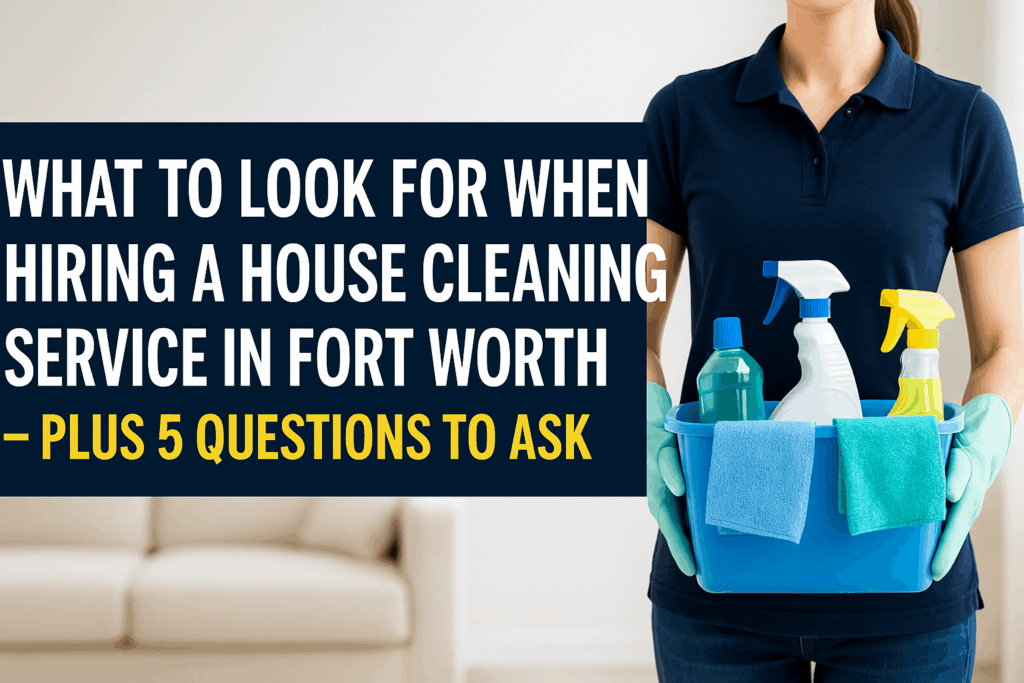Do You Tip House Cleaners in Fort Worth?
A Complete Texas Etiquette Guide Do You Tip House Cleaners in Fort Worth? | Texas Cleaning Etiquette Wondering if you should tip house cleaners in Fort Worth? Here’s a clear Texas etiquette guide on when to tip, how much, and alternatives. If you’ve ever stood in your freshly cleaned home wondering, “Should I tip my house cleaner?” — you’re not alone. This is one of the most searched questions homeowners ask before (and after) booking a professional cleaning service in Fort Worth. And yet, clear answers are hard to find. In this guide, we’ll break down tipping etiquette for house cleaners in Fort Worth, when tipping is appropriate, how much is customary, and what alternatives exist if tipping isn’t possible. Is It Expected to Tip House Cleaners in Fort Worth? Short answer: Tipping is appreciated, but not required. In Fort Worth — and across Texas — tipping house cleaners is considered a kind gesture, not an obligation. Most professional cleaning companies pay their staff fairly, so tips are not expected the same way they are in restaurants. That said, many homeowners choose to tip when service exceeds expectations. When Tipping a House Cleaner Makes Sense You may consider tipping if: For example: These extra touches often motivate homeowners to tip. How Much Should You Tip a House Cleaner in Fort Worth? There’s no fixed rule, but common tipping ranges in Fort Worth include: 💵 Typical Tipping Amounts For recurring services, many clients: Should You Tip Independent Cleaners vs Cleaning Companies? Independent Cleaners Professional Cleaning Companies Both are acceptable — it comes down to your comfort and satisfaction. 👉 Internal link opportunity:Learn what’s included in a professional house cleaning serviceContact Us – Kleen-It Maids | House Cleaning Service Fort Worth What If You Don’t Want to Tip? (Totally Okay) If tipping isn’t an option, there are other meaningful ways to show appreciation: Reviews, in particular, help cleaners and companies more than many people realize. Holiday & Special Occasion Tipping in Fort Worth Many Fort Worth homeowners choose to tip: Holiday tips are often: This is especially common for monthly or bi-weekly clients. Frequently Asked Questions About Tipping House Cleaners Do house cleaners expect tips? No. Tips are appreciated but not expected, especially with professional cleaning companies. Is it rude not to tip? Not at all. Courtesy, communication, and respect matter more. Should I tip for every cleaning? Not necessary. Many clients tip occasionally or during special circumstances. Can I tip digitally? Some companies allow tipping through invoices or apps — others accept cash. Fort Worth Etiquette Tip: Communication Matters In Texas, clear communication goes a long way. If you’re happy with the service, letting the cleaner or company know directly often means just as much as a tip. Final Thoughts: Tip If You Want — Not Because You Feel Pressured Tipping house cleaners in Fort Worth is a personal choice, not a requirement. If the service made your life easier and your home feels amazing, tipping is a thoughtful way to say thank you — but kindness, reviews, and loyalty matter just as much. 👉 Looking for a reliable, professional house cleaning service in Fort Worth?Contact Us – Kleen-It Maids | House Cleaning Service Fort Worth
Do You Tip House Cleaners in Fort Worth? Read More »








